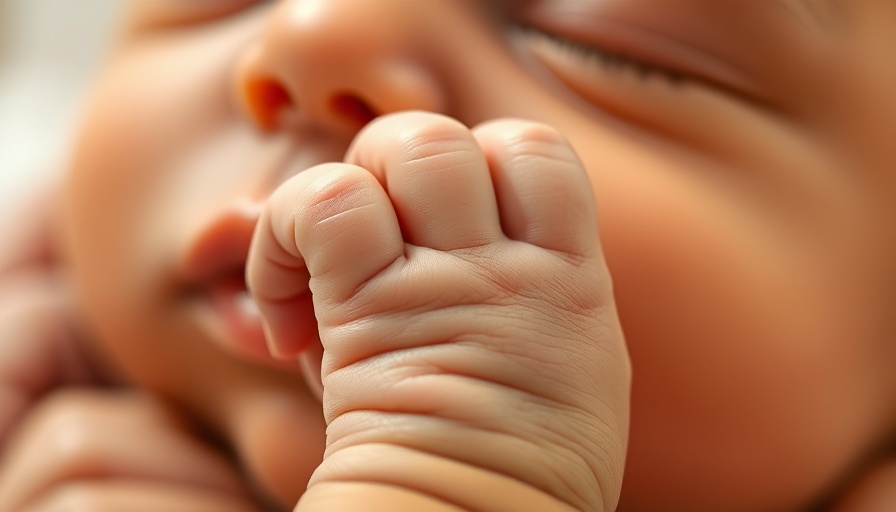
Understanding the Subtle Rise in U.S. Birth Rates
In a marginal uptick, the U.S. birth rate saw an increase of 1% in 2024, totaling 3.6 million births, according to the recent data from the U.S. Centers for Disease Control and Prevention (CDC). This slight rise comes after a record low in 2023 and raises important questions regarding the long-term implications for population growth in America.
The Declining Fertility Rate
Despite the increase in total births, the fertility rate continues to linger at around 1.6 births per woman—well below the 2.1 threshold needed for a stable population. Demographers highlight that this long-term decline is linked to socio-economic factors that have evolved over the decades, particularly since the Great Recession in 2007. From teens to women in their twenties, fewer are entering parenthood, raising pressing questions about the future.
Complex Realities Facing Young Adults
A pivotal insight from demographics shows a stark decline in teenage pregnancies, plummeting from 62 births per 1,000 in 1991 to just under 13 in 2024. This can be attributed to shifting priorities among young Americans, where financial burdens such as high student debt and childcare costs significantly influence decisions on parenting. Many still express a desire for family but are deterred by economic uncertainties.
Future Perspectives: Will the Trends Reverse?
Experts speculate whether the births that have not occurred are simply being delayed or if they will be entirely forgone. By analyzing survey responses, many young couples indicate a desire to have two children, but their optimistic intentions face formidable hurdles. This juxtaposition of want versus capability is a critical narrative worth exploring as we address America’s evolving family dynamics.
Policy Responses and Impacts
With the current birth rates concerning many, potential policies are being discussed. Former President Trump proposed a $5,000 "baby bonus" for new parents. Such incentives could address some financial pressures, but it remains unclear if they will significantly influence overall birth trends. Understanding how such initiatives might sway public sentiment or future family planning choices will be vital in crafting effective support mechanisms.
Broader Implications on Immigration and Population Growth
Lastly, as noted by demographers, immigration plays a crucial role in shaping the country’s future demographics. Immigrants not only bolster the workforce but also contribute to population growth through family establishment. As the nation navigates its policies on immigration, it must consider the correlation between immigration patterns and birth rates.
As this narrative unfolds, the implications of these trends extend far beyond mere statistics, touching on economic stability, community health, and the very fabric of American society. For those looking to understand more about health in evolving societal contexts, contact us for more details on how you can stay informed on vital health trends and their societal impact.
 Add Row
Add Row  Add
Add 




Write A Comment